1. Dunkin’ Donuts
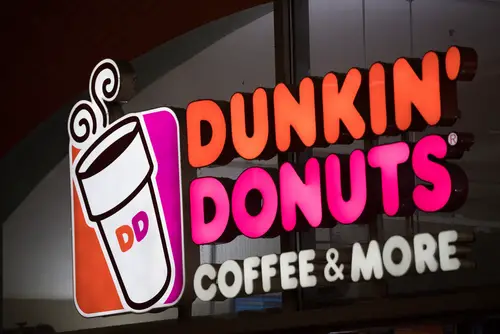
Dunkin’ Donuts tried to spread its coffee-and-doughnut formula worldwide, but reception varied. In some countries, the taste profile didn’t resonate and the stores felt overly standardized. Local coffee culture often trumped American-style chains. Some outlets closed, leaving only a fraction of the initial international push.
Dunkin’ faced the dilemma of authenticity versus replication. Its U.S. identity is casual, approachable, and distinctly regional. Abroad, it sometimes felt like a fast-food imitation rather than a coffee culture fixture. The soul of Dunkin’—comforting familiarity—was diluted in many markets.
2. Target

Target thought it could bring its “cheap chic” charm overseas, specifically to Canada. What it got instead was supply chain nightmares and empty shelves. Canadian shoppers didn’t find the deals compelling, and stores closed in just two years. The company lost over two billion dollars in the process.
Beyond the numbers, Target’s brand identity took a hit. Loyal American shoppers questioned whether the company had become overextended. It was a case of trying to transplant a culture rather than adapting to one. In the end, the dream of a global Target felt hollow.
3. Starbucks
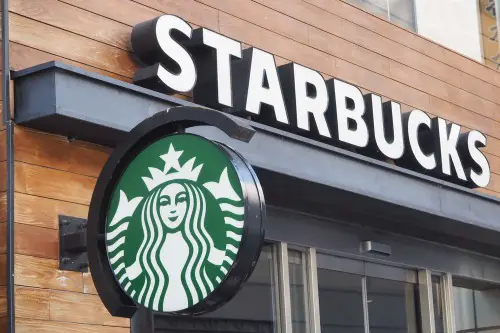
Starbucks is everywhere, but global expansion hasn’t always been smooth. In Australia, the coffee culture is sophisticated and local cafes were already beloved. Starbucks’ standardized approach felt foreign and overpriced. Most stores eventually closed, leaving only a few in prime locations.
Starbucks’ charm sometimes fades when it spreads too thin. The company’s attempt to “Americanize” global coffee experiences can backfire. Some locals saw it as a cookie-cutter invasion rather than a friendly coffee stop. Even in success, the brand sometimes sacrifices authenticity for ubiquity.
4. McDonald’s

McDonald’s is the ultimate global fast-food story, but not every market embraced it. In countries like Bolivia, the golden arches didn’t resonate with local tastes. The company withdrew after years of struggling to compete with homegrown food culture. McDonald’s global expansion occasionally feels more like a cultural imposition than an exchange.
Sometimes, McDonald’s tweaks its menu to fit the market, but it can’t mask the perception of being “too American.” Critics argue this compromises the soul of what made the brand appealing in the first place. Fast food’s universal appeal is limited when cultural authenticity is ignored. The lesson: scale without sensitivity can be a costly mistake.
5. Best Buy

Best Buy tried to bring its electronics empire to the UK and China, thinking consumers everywhere would love the big-box experience. It turns out, online shopping and local electronics stores had already captured hearts. Stores closed after failing to attract enough traffic. What looked like a simple formula in the U.S. didn’t translate overseas.
Best Buy’s problem wasn’t the product—it was understanding the customer. In its home market, people appreciated the hands-on experience and knowledgeable staff. Abroad, the same formula felt generic or unnecessary. This shows that even giants can stumble if they ignore local preferences.
6. Circuit City

Circuit City’s expansion into Canada ended in failure and eventual bankruptcy. The American electronics chain overestimated demand and underestimated competition. Stores opened, but customer experience and brand loyalty didn’t follow. By 2009, the company had collapsed entirely.
Circuit City’s downfall is a cautionary tale in ignoring market research. What worked in the U.S. didn’t automatically resonate in another country. Management’s focus on rapid expansion blinded them to consumer nuances. The brand’s soul—its customer-first service—was lost in the shuffle.
7. Home Depot

Home Depot assumed Canadians and Europeans would embrace the “do-it-yourself” megastore model. It turned out, European DIY culture relied more on smaller, specialized stores. Canadian customers also preferred local competitors with better service. The company eventually retreated from markets where it couldn’t compete efficiently.
The lesson here is that size doesn’t guarantee success. Home Depot’s formula worked in suburban America, but scaling globally required more cultural adaptation. Ignoring these differences diluted the brand’s identity. Expansion became less about helping customers and more about asserting dominance.
8. Kmart
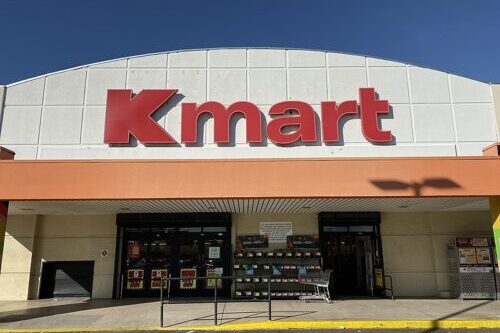
Kmart was already struggling in the U.S. when it looked abroad. Attempts in Canada and Mexico failed to capture local shoppers. The brand’s dated image and weak inventory management didn’t translate overseas. Stores eventually closed, leaving the company to refocus on survival at home.
Kmart’s global ambition highlighted a problem: chasing expansion can hollow out a brand. The soul of Kmart—discount convenience—was diluted when it tried to appeal everywhere. Local consumers didn’t feel the same connection to the store. Sometimes, less is more when it comes to brand identity.
9. Pepsi
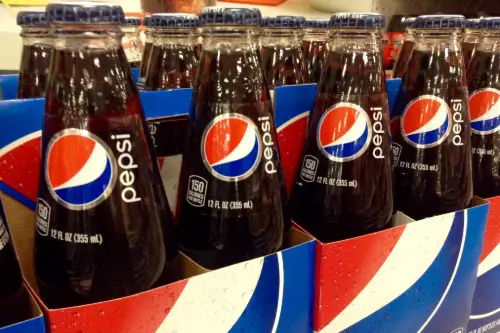
Pepsi tried hard to dominate markets outside the U.S., but it often clashed with local tastes. In some countries, consumers preferred Coca-Cola’s branding or local sodas. Aggressive marketing campaigns sometimes felt tone-deaf. In the end, Pepsi’s global push didn’t always bring the results it hoped for.
Even when Pepsi succeeded in sales, it often lost cultural resonance. The company’s focus on replicating its U.S. campaigns didn’t consider local nuances. The result was a brand that could be everywhere but not always loved. Global reach doesn’t always equal global respect.
10. Gap

Gap’s iconic blue-and-white branding once symbolized effortless American style. When the brand tried international expansion, it stumbled in Europe and Asia. Stores felt generic or out-of-touch with local fashion trends. Many locations closed after disappointing sales.
Gap’s design ethos didn’t always match local tastes. While Americans might love its classic basics, global consumers sometimes wanted edgier or culturally specific options. The brand’s soul—minimalist, approachable fashion—got lost in translation. Expansion became more about footprint than fashion relevance.
11. J.C. Penney

J.C. Penney ventured abroad with the hope of replicating its U.S. success. Stores in Mexico and elsewhere failed to capture the local market. Pricing and merchandising strategies didn’t resonate. Eventually, international operations were abandoned.
The deeper issue was brand identity. J.C. Penney’s appeal relied on an American suburban experience. That didn’t carry over well to different cultural or shopping contexts. Growth without understanding the customer erodes the brand’s core personality.
12. Toys “R” Us
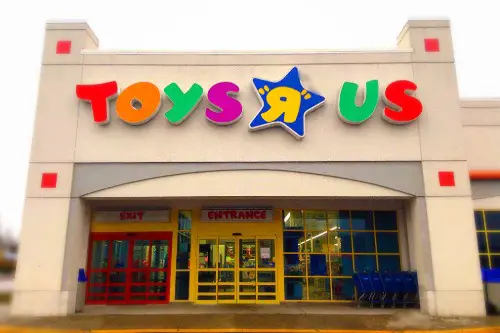
Toys “R” Us expanded into Japan and Europe, aiming to become the ultimate toy destination worldwide. But high costs and stiff local competition led to closures. Consumers preferred smaller, local toy shops or e-commerce alternatives. The company’s global dream fizzled in some markets.
Toys “R” Us’ identity suffered in the process. Its “wonderful toyland” magic couldn’t be mass-produced in a culturally indifferent way. The focus shifted to managing logistics instead of delighting customers. In the end, global presence came at the cost of charm.
13. Walmart

Walmart is the poster child for “think global, fail local.” The retail giant expanded into markets like Germany and South Korea, but misreading local shopping habits led to massive losses. Customers weren’t impressed with its “American” approach to pricing and service. Eventually, Walmart had to pull out, selling off stores at a loss.
The company’s push for sheer scale overseas often trampled local culture. Employees reported frustration over unrealistic expectations borrowed from U.S. operations. The promise of low prices didn’t translate to customer loyalty in countries with different shopping traditions. Walmart learned the hard way that global dominance doesn’t mean universal appeal.
14. Domino’s Pizza
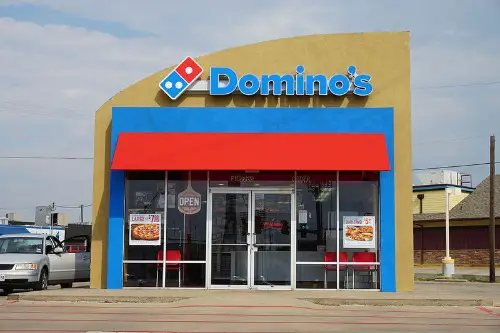
Domino’s pizza is ubiquitous in the U.S., but global markets have tested its model. Early expansions in countries like France and Italy struggled because local tastes favored authentic, artisanal pizza. Domino’s quickly learned that its standard menu didn’t always work. It had to adapt recipes and marketing strategies to survive abroad.
The challenge for Domino’s was staying true to its brand while being flexible enough to localize. Some purists argue that this compromises the original formula. Even when successful, the global brand sometimes feels like a “foreign version” of itself. Expansion can come with the price of identity dilution.
This post 14 American Companies That Went Global—and Lost Their Soul on the Way was first published on American Charm.


